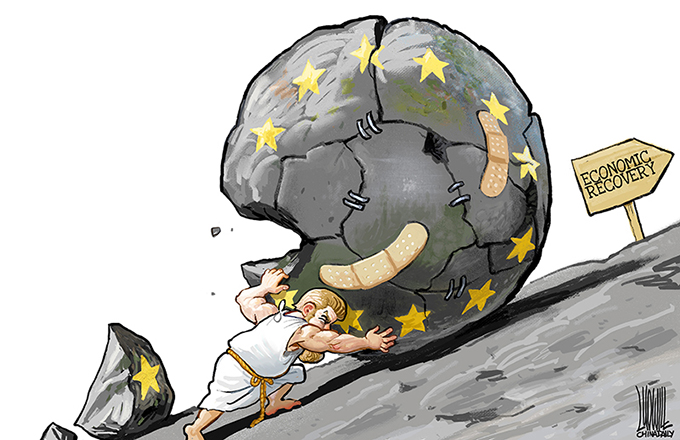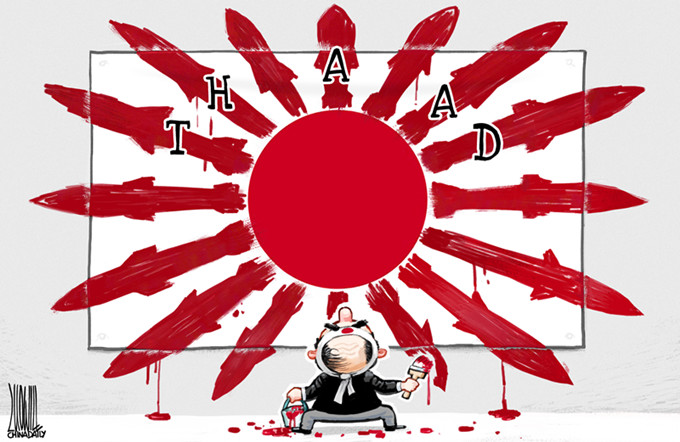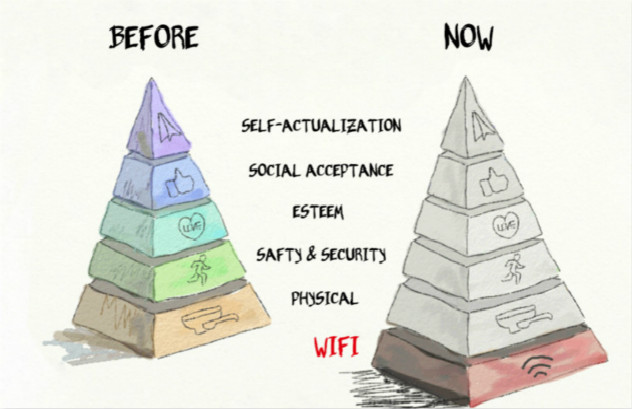Changing nature of urbanization
Focus should be on improving people's quality of life, sustaining resources and protecting the environment
Urbanization has played an important role in driving China's economic growth over the past decades since the launch of reform and opening-up.
However, with economic development driven by industrialization, investment and measures to expand the size of the economy, urbanization has been reliant on the low-cost utilization of resources and a degraded environment.
For example, China's use of land for urban construction was 1.71 times as fast as the growth of its urban population from 1990 to 2000, and the ratio rose to 1.85 to 1 from 2000 to 2010. China's arable land has also rapidly decreased and its per capita arable land is now half the world's average. Meanwhile the country's energy consumption has soared, and its energy consumption per unit of gross domestic product is now more than double the world's average, and its dependence on imports of mineral resources has been on the increase. These, together with its deteriorating environment, like serious underground water pollution and deteriorating air quality, are evidence that China has paid an enormous price for its resources-dependent urbanization.
As China's development enters a new stage, people have higher expectations of urbanization, such as better jobs and a better quality of life. This means China's traditional urbanization model has lost the support of the public.
The role of cities and their functions change when a country enters the stage of industrialization in which consumption and services replace production activities as the main forces for economic growth and development. So the accelerated urbanization the Chinese government is committed to should not be just the expansion of cities. Instead, it should be focused on raising people's quality of life.
Accelerated urbanization is essential because it has the largest potential to release the domestic consumption needed for China's development in the future. But realizing this potential depends on whether or not the country can achieve demographic urbanization and a service boom. Fortunately, China still has a lot of room to raise the urbanization ratio, especially the demographic urbanization ratio.
China's nominal urbanization ratio was 52.57 percent in 2012. But the real ratio, when those without an urban registration are excluded, is probably around 35 percent, far below the world's average of 52 percent. If current policy barriers lying in the way of its urbanization are cleared away, the country's urbanization ratio is expected to have an annual increase of 1.5 to 2 percentage points. That, if realized, will bring China's ratio of demographic urbanization to the level of the world's average by 2020.





















